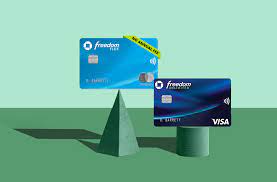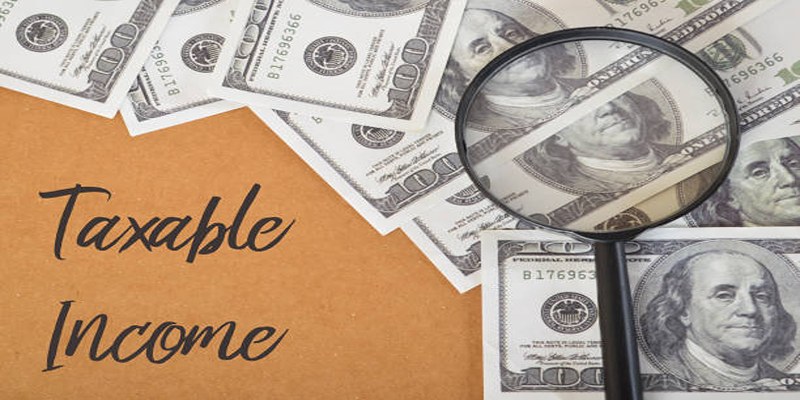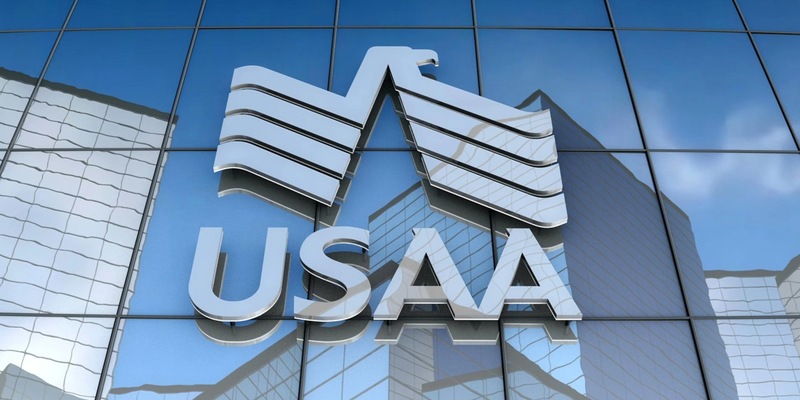There are similarities between the newly introduced Chase Freedom Flex, which debuted in September 2020, and the more established Chase Freedom Unlimited®. These credit cards provide cash-back rewards, have substantial sign-up bonuses and introductory APR rates of 0% for a lengthy period, do not charge annual fees, and have names taken from inspirational posters. Both of their continuous incentive systems contain certain similarities, but this is also the area where the differences between them are the most glaring.
Welcome Bonus Winner
After purchasing $500 during the first three months of establishing your Chase Freedom Flex account, you will get a $200 incentive. When applying for Chase Freedom Unlimited, new cardholders will get a one-time bonus of 1.5 percent cash back on purchases for the first year. This signifies that you have the potential to gain:
- 6.5 percent cash back on travel booked and paid for via Chase Ultimate Rewards.
- 6.5 percentage points on trips with Lyft
- 4.5 percent cash back on purchases made at pharmacies and restaurants
- Three percentage points off on all other acquisitions.
Considering that most cards that charge annual fees do not often give such high rewards rates, especially on all transactions, the welcome bonus that comes with Chase Freedom Unlimited card is extraordinary. Regarding Chase Freedom Flex, its sign-up bonus includes a spending requirement that is relatively simple to fulfill, in addition to a cash bonus that is unusual for cards with no annual fee that provides cash back rewards.
It depends on which sections you spend the most money in, how much you spend, and how much work you want to put into earning rewards as to which categories will win the welcome bonus for this category. Considering the typical cardholder's yearly expenditure is around $15,900, the welcome bonus with Chase Freedom Unlimited might earn you more than $200 in extra cash back during the first year.
Rewards Rate Winner
Comparing these two cards in terms of their reward rates is difficult since they are almost the same. Both cards provide the same benefits in the following bonus categories: 5 percent cash back on trips purchased via Chase Ultimate Rewards, 5 percent cash back on Lyft rides (until March 2025), and 3 percent cash back on purchases made at restaurants and drugstores.

Chase Freedom Unlimited provides 1.5 percent cash back on all non-bonus spending. In comparison, Chase Freedom Flex provides 5 percent cash back (after activation) on up to $1,500 spent in quarterly bonus classifications. The difference between these two cards is that Chase Freedom Unlimited provides 1.5 percent cash back on all non-bonus spending, while Chase Freedom Flex provides 1 percent cash back (then 1 percent).
If you spend a significant amount of money on recurrent purchases (such as utility bills, kids' sports, daycare, insurance, and so on) that do not typically earn bonus rewards, switching to Chase Freedom Unlimited could very well result in you ending up with more rewards than you would have had with another card. After all, the opportunity to earn an infinite fifty percent more in rewards on all regular purchases has the potential to grow to a greater rewards balance. This is especially true during the first year of membership.
Annual Fee Winner
Because there is no annual fee associated with either Chase Freedom Flex or the Chase Freedom Unlimited credit card, they are both convenient options to carry about in your wallet for the foreseeable future. If you don't put a lot of charges on your credit card but still want to receive rewards for your spending, a credit card with no annual fee might be useful.
Travel Perks Winner

One similarity between these two cash-back cards is that they both have trip-cancellation and interruption insurance. If your trip is canceled or cut short due to an illness, severe weather, or other covered circumstance, you may be entitled to up to $1,500 per person and $6,000 per trip in compensation for prepaid tickets and non-refundable passenger costs.
Be aware, however, that both cards assess a foreign transaction fee of 3 percent on any transactions made outside the United States. This price may rapidly pile up if you go outside the country regularly. If you are a frequent traveler, we recommend you couple any of these cards with the Chase Sapphire Preferred® Card since it does not charge any fees associated with making purchases in a foreign country. Because the Chase Sapphire Preferred has a relatively low annual fee of $95, it is often regarded as one of the finest travel credit cards for first-time cardholders.




